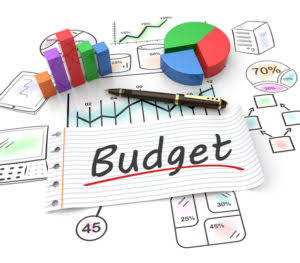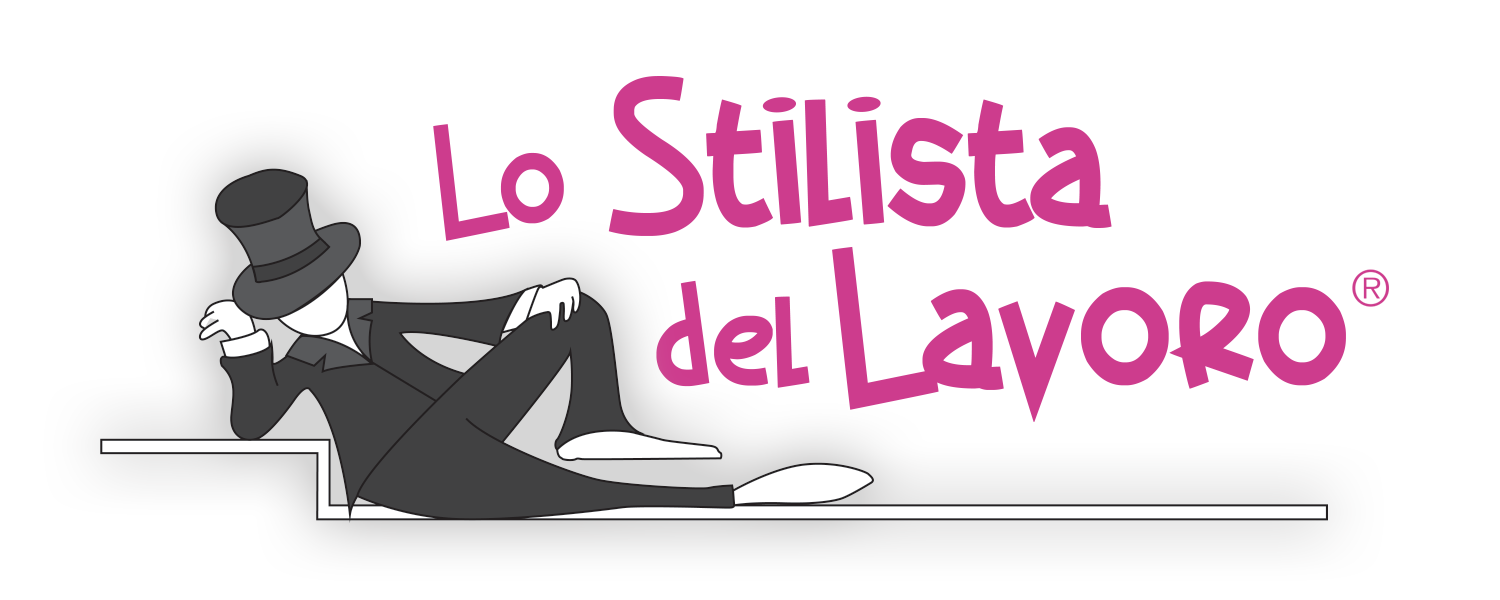
You can connect with a licensed CPA or EA who can file your business tax returns. Get started with Taxfyle today, and see how filing taxes can be simplified. Set your business up for success with our free small business tax calculator.

Depreciation is an accounting process by which a company allocates an asset’s cost throughout its useful life. In other words, it records how the value of an asset declines over time. Firms depreciate assets on their financial statements and for tax purposes in order to better match an asset’s productivity in use to its costs of operation over time. The final step before our depreciation schedule under the double declining balance method is complete is to subtract our ending balance from the beginning balance to determine the final period depreciation expense.
DDB Function
Therefore, it is more suited to depreciating assets with a higher degree of wear and tear, usage, or loss of value earlier in their lives. When you’re a Pro, you’re able to pick up tax filing, consultation, and bookkeeping jobs on our platform while maintaining your flexibility. Recovery period, or the useful life of the asset, is the period over which you’re depreciating it, in years. The total expense over the life of the asset will be the same under both approaches.
When changing depreciation methods, companies should carefully justify the change and adhere to accounting standards and tax regulations. Additionally, any changes must be disclosed https://www.bookstime.com/articles/prepaid-rent-accounting-definition-and-meaning in the financial statements to maintain transparency and comparability. Aside from DDB, sum-of-the-years digits and MACRS are other examples of accelerated depreciation methods.
Example Calculation of Double Declining Balance Depreciation
Depreciation is a crucial concept in business accounting, representing the gradual loss of value in an asset over time. Among the various methods of calculating depreciation, the Double Declining Balance (DDB) method stands out for its unique approach. This article is a must-read for anyone looking to understand and effectively apply the DDB method. Whether you’re a business owner, an accounting student, or a financial professional, you’ll find valuable insights and practical tips for mastering this method. Bottom line—calculating depreciation with the double declining balance method is more complicated than using straight line depreciation. And if it’s your first time filing with this method, you may want to talk to an accountant to make sure you don’t make any costly mistakes.

This not only provides a more realistic representation of an asset’s condition but also yields tax benefits and helps companies manage risks effectively. Suppose a company purchases a piece of machinery for $10,000, and the estimated useful life of this machinery is 5 years. In this scenario, double declining balance method we can use the formula to calculate the depreciation expense for the first year. The MACRS method for short-lived assets uses the double declining balance method but shifts to the straight line (S/L) method once S/L depreciation is higher than DDB depreciation for the remaining life.
Double Declining Balance Method for Depreciation (With Examples)
Any impairment (weather, fire, accident) that may befall an asset is also subtracted. As you can see in the previous chart, the depreciation expense using the Double-declining method in year four was $864, so we have a winner! The mathematics of Double-declining depreciation will never depreciate an asset down to zero.
